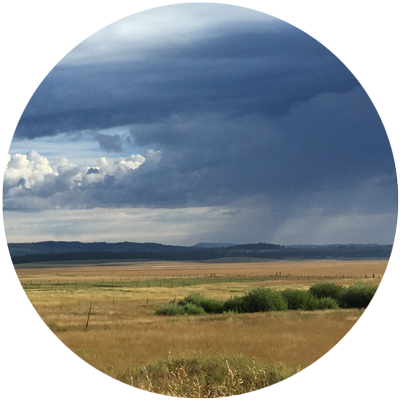Home > Climate News >
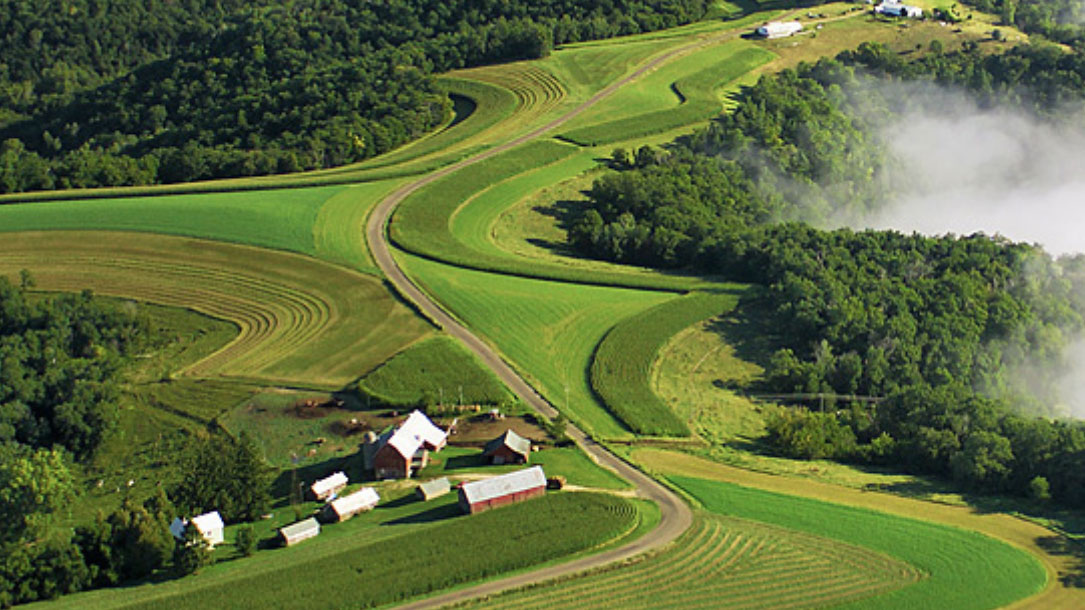
Mississippi Valley Conservancy: Climate change
Together, we can make a difference
What is it about the Driftless area you love? Is it the foggy mornings overlooking the valley? Or going fishing with your family in the spring? Perhaps it’s the sounds of migrating sandhill cranes and the call of the spring peepers.
Too often we think of climate change as occurring on a global scale or something that will happen in the future. Yet climate change already is causing profound changes with damaging effects to the land and water you love. Wildlife habitat, lakes and streams, and farmland, right here in the Driftless Area, are at risk as never before.
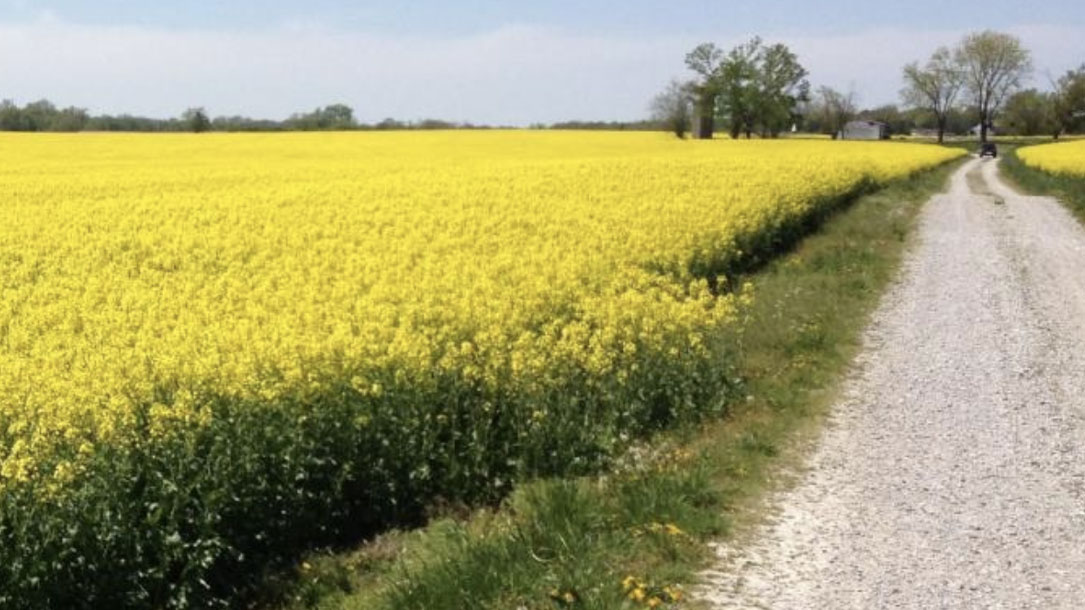
Learn more about Conservation Innovation Grants
Through creative problem solving and innovation, CIG partners work to address our nation’s water quality, air quality, soil health and wildlife habitat challenges, all while improving agricultural operations.
There are three annual Conservation Innovation Grants funding opportunities…
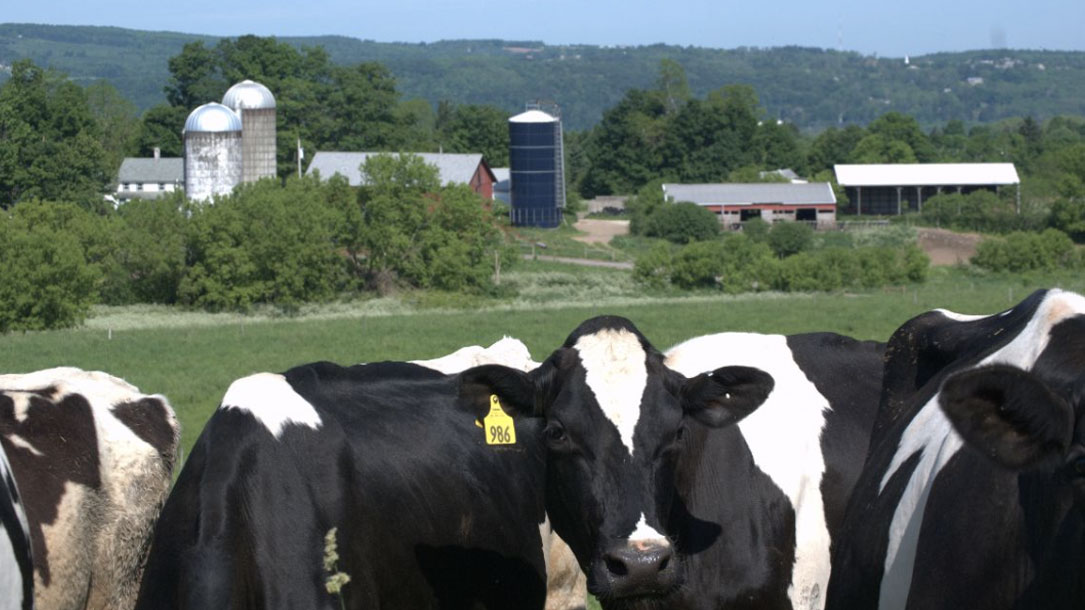
Healthy soil grants
Vermont farmers have an essential role to play in combating climate change. Some farming practices can trap carbon and keep it out of the atmosphere, while supporting wildlife habitat, healthier soils, and cleaner water. The challenge can be sustaining profitability while making significant changes.
Which practices are worth the investment? And how long will they take to pay off?
To answer these questions and more, we are partnering with Bio-Logical Capital and the University of Vermont on a Conservation Innovation Grant funded by the Natural Resources Conservation Service. This five-year research project will provide direct payments to Vermont farmers who agree to implement farming practices that improve soil health…

Rockland’s biggest, oldest ecological secret
What’s a peat bog? Where’s the Rockland Bog? What’s special about it? Why conserve it? How can you make a difference?
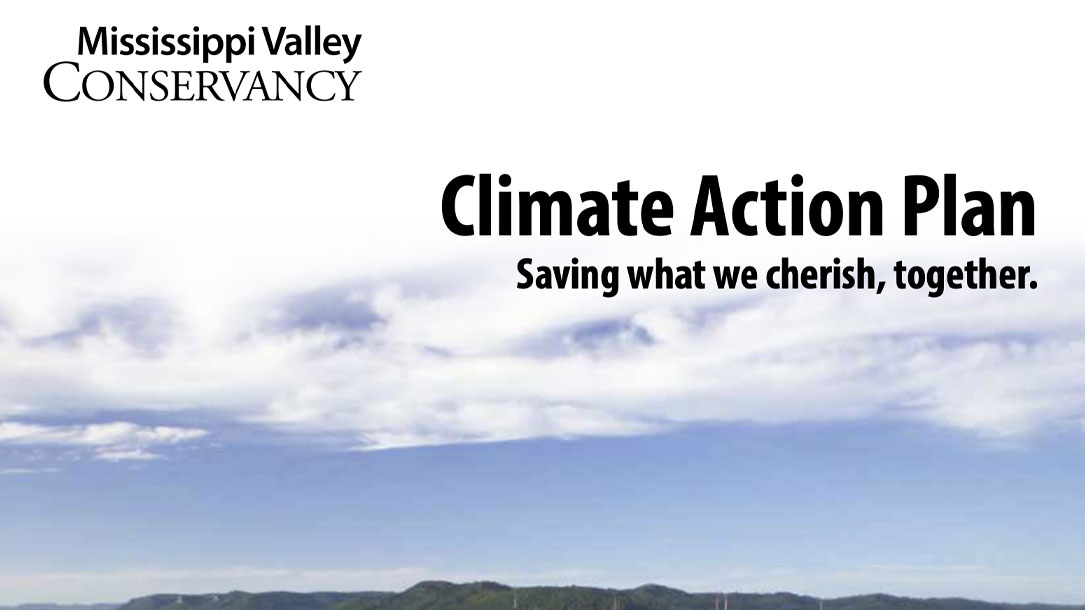
Mississippi Valley Conservancy: Climate Action Plan
What is it about the Driftless area you love? Is it the foggy mornings overlooking the valley? Or going fishing with your family in the spring? Perhaps it’s the sounds of migrating sandhill cranes and the call of the spring peepers.
Too often we think of climate change as occurring on a global scale or something that will happen in the future. Yet climate change already is causing profound changes with damaging effects to the land and water you love: wildlife habitat, lakes and streams, and farmland, right here in the Driftless Area, are at risk as never before.
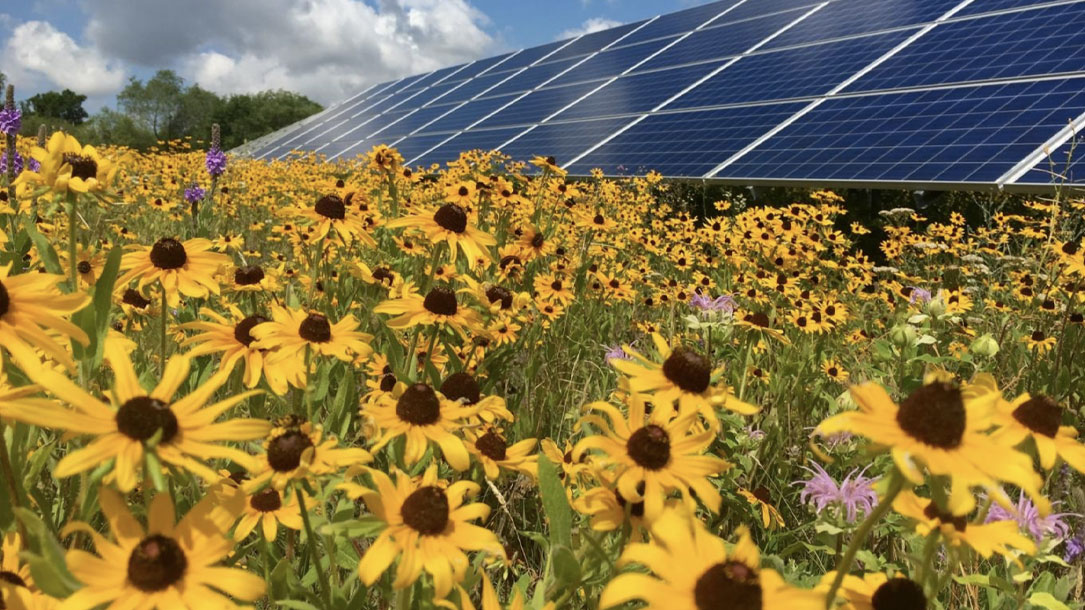
Solar energy and its place on the land
In a world beset with climate change and its attendant fires and floods, the need for solar energy is immense — vital if the world is to quit burning fossil fuels, the primary cause of the climate crisis…
The trick, for those of us in the business of land conservation, is to make a contribution to that effort without compromising our missions of protecting biodiversity and working lands that produce the food we need. There’s a growing body of research and practical application that offers hope that this can happen using agrivoltaics, the practice of combining agriculture and solar energy collection — a dual use of the land…
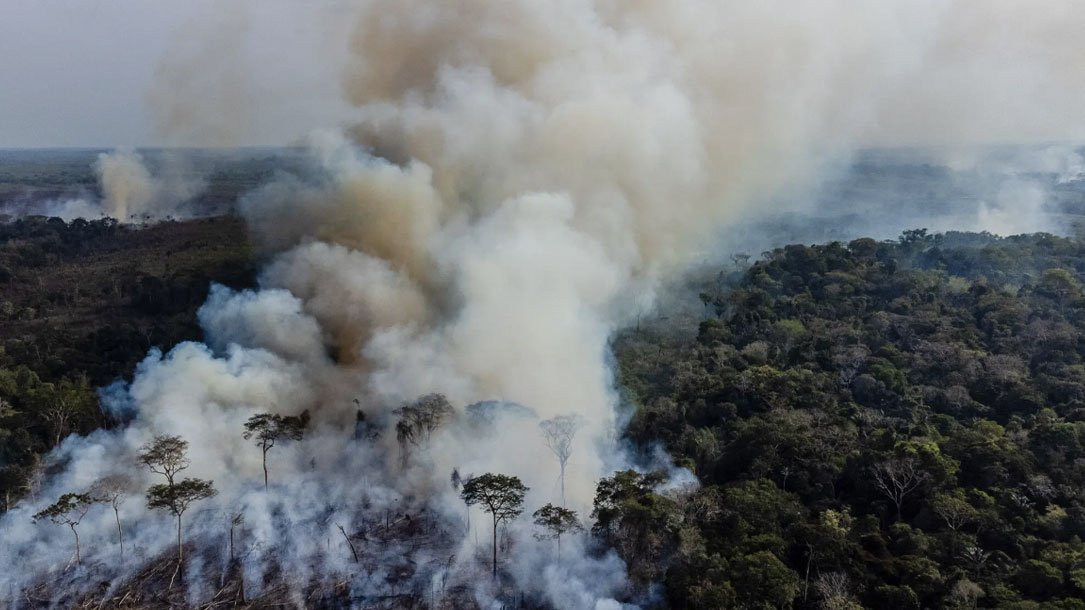
Stopping climate change is doable, but time is short, U.N. panel warns
Nations need to move away much faster from fossil fuels to retain any hope of preventing a perilous future on an overheated planet, according to a major new report on climate change released on Monday, although they have made some progress because of the falling costs of clean energy.
The report by the Intergovernmental Panel on Climate Change, a body of experts convened by the United Nations, warns that unless countries drastically accelerate efforts over the next few years to slash their emissions from coal, oil and natural gas, the goal of limiting global warming to 1.5 degrees Celsius, or 2.7 degrees Fahrenheit, will likely be out of reach by the end of this decade.

By Degrees: Covering climate change
Human activity is warming the planet. This change is already reshaping how we live and interact with our environment in New Hampshire, across New England and beyond. And just as more people than ever were beginning to wake up to the climate emergency, our lives collided with the coronavirus pandemic and a generational reckoning on racial justice.
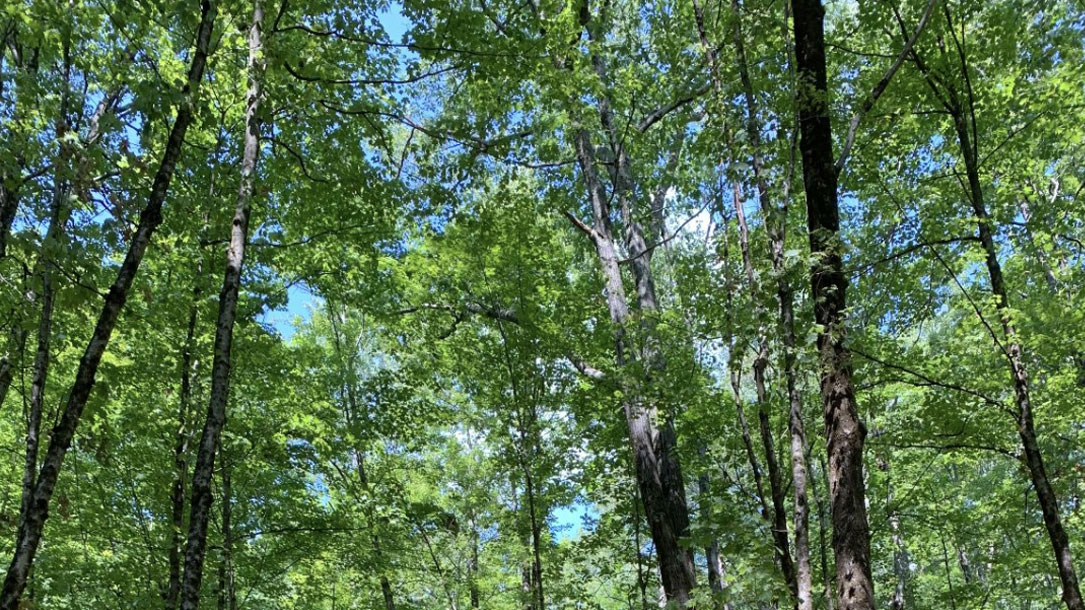
Protect your woodlands
“Over 75% of Vermont’s land is forested, and much of that land is privately owned, often by families and individuals. Conserving these forests matters a great deal for our climate, our economy, and our communities. If you own woodland and want it to remain forested, conservation is one option you could consider. We can help you explore your options and guide you through the process…”
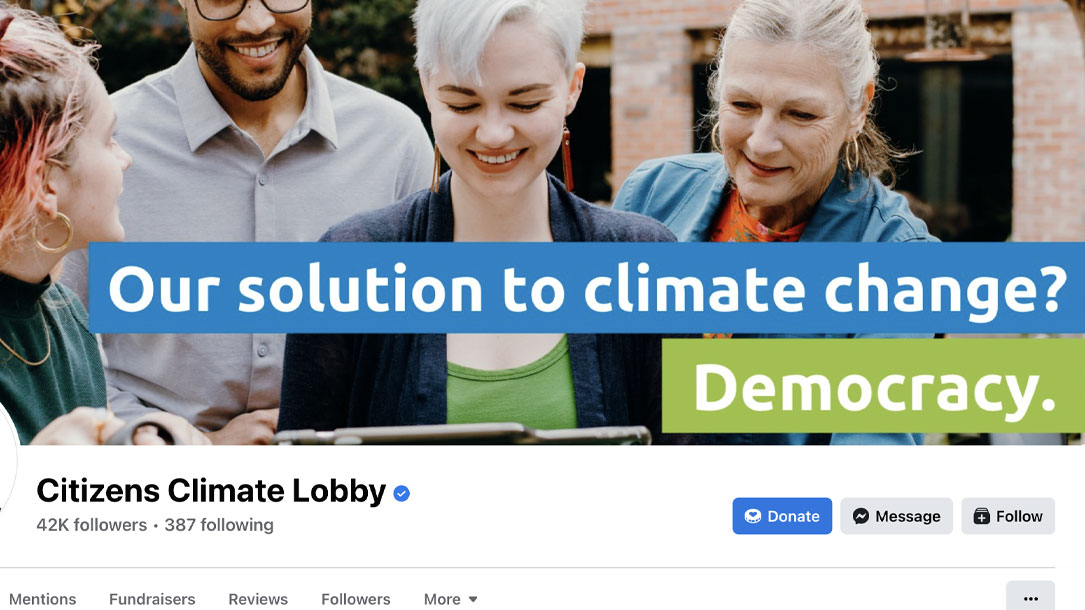
Our solution to climate change? Democracy.
We empower everyday people to work together on climate solutions…



